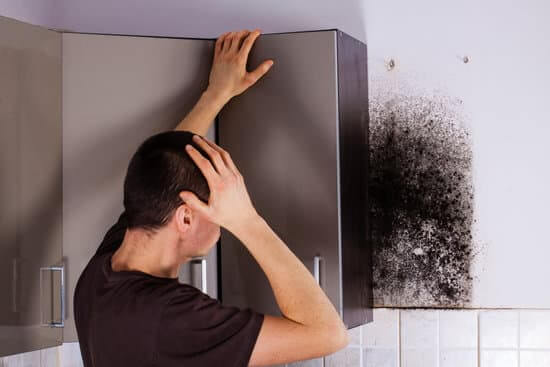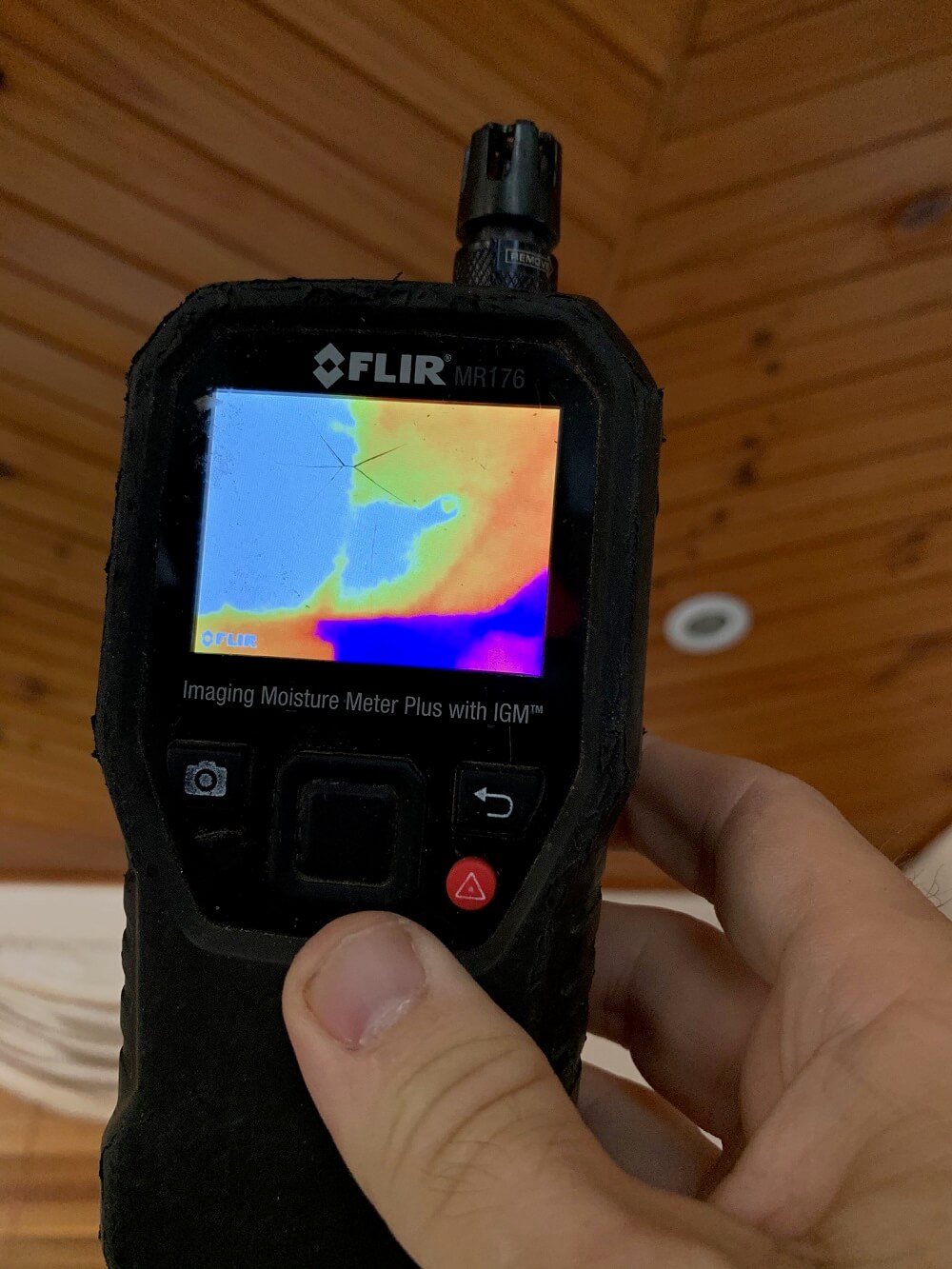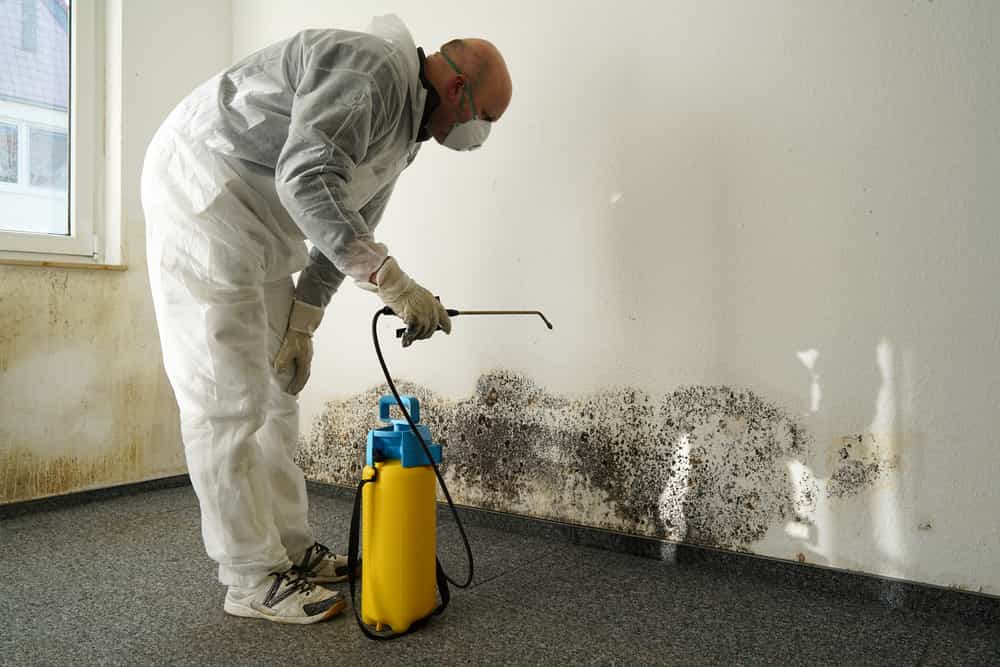What Are the Dangers of Hidden Mould?
Do You Believe You Have Hidden Mould In Wall Cavities?
Mould growth within wall cavities is a pervasive issue that often goes unnoticed until significant damage has occurred. This insidious problem not only jeopardises the structural integrity of buildings but also poses serious health risks to occupants. The Mould Group specialises in the detection and removal of mould from these concealed areas. Employing advanced techniques and state-of-the-art equipment to ensure thorough remediation.

How Does Hidden Mould Jeopardise Health and Property?
Mould thrives in damp, dark environments, making wall cavities an ideal breeding ground. When left unchecked, mould can spread rapidly, causing extensive damage to building materials such as wood, plasterboard, and insulation. The degradation of these materials can compromise the structural integrity of a property, leading to costly repairs and potential safety hazards.
Health risks associated with mould exposure are well-documented. Mould spores can cause allergic reactions, respiratory issues, and other serious health problems, particularly in individuals with pre-existing conditions such as asthma or weakened immune systems. Hidden mould is especially dangerous because it can continuously release spores into the air without being detected, exacerbating these health issues over time.
We're all about providing exemplary services to home owners, business owners and commercial organisations.
How Is Hidden Mould Detected?
Detecting mould within wall cavities requires a combination of specialised equipment and professional expertise. The Mould Group utilises a range of advanced tools and methodologies to identify the presence of mould, assess the extent of contamination, and develop an effective remediation plan.

Moisture Metres
Moisture metres are essential in mould detection as they measure the moisture content in building materials. High moisture levels within wall cavities can indicate the presence of mould. There are two primary types of moisture metres used:
Pin-Type Moisture Metres: These metres use two or more electrodes that penetrate the material to measure its moisture content. They are highly accurate and can provide precise readings even in deep cavities.
Pinless Moisture Metres: These metres use electromagnetic signals to detect moisture levels without damaging the surface of the material. They are particularly useful for scanning large areas quickly.
Infrared Thermography
Infrared thermography is a non-invasive technique that uses thermal imaging cameras to detect temperature variations on surfaces. Mould growth often results in subtle temperature differences due to the presence of moisture. By identifying these anomalies, professionals can pinpoint areas where mould is likely to be present within wall cavities.
Endoscopic Inspection
An endoscope is a flexible, camera-equipped instrument that can be inserted into wall cavities through small openings. This allows for visual inspection of hard-to-reach areas without causing significant damage to the structure. Endoscopic inspections can reveal visible signs of mould growth and assess the extent of contamination.
Air Sampling
Air sampling involves collecting air samples from within wall cavities and analysing them for mould spores. This technique can provide valuable information about the types and concentrations of mould present, helping to identify potential health risks. Air samples are typically analysed in a laboratory using microscopy or culture-based methods.
Surface Sampling
Surface sampling involves collecting samples from suspected mould-contaminated areas within wall cavities. This can be done using swabs, tape lifts, or bulk samples. These samples are then analysed in a laboratory to confirm the presence of mould and determine its species.
The StepsThe Mould Group Uses In Mould Removal In Wall Cavities?
Please Note – A mould spore trap would be implemented to gauge whether or not sheets need to be removed.
Step 1-PPE Requirements on this job to all staff. (Full face respirator with Hepa Filter rated P100 or CleanAIR full face, AerGO PAPR Belt Unit, CleanAIR filters A1B1E1 PRSL Ozone. Gloves and tyvek suits) in compliance with the IICRC S520 Guidelines.
Step 2-Install air scrubbers to property in the affected area. (Amount depending on size of the property)
Step 3– removal of affected plaster , double bagging and dumping of plaster
Step 4-A detailed vacuum completed within all affected areas using a HEPA Vacuum (H class) in compliance with the IICRC S520 Guidelines.
Step 5-Organic, colloidal, low VOC cleaner to remove the visible mould off of affected areas with microfibre cloth. Antimicrobial solution used to prevent any possible mould growth or harmful bacteria in compliance with the IICRC S520 Guidelines.
Step 6– A second treatment with Organic, colloidal, low VOC cleaner to remove and clean toxins and any remaining mould.
Step 7– Drilling of holes in plaster throughout out property.
Step 8– Organic, colloidal, low VOC cleaner to remove the visible mould off walls in the stairwell area with microfibre cloth. Antimicrobial solution used to prevent any possible mould growth or harmful bacteria in compliance with the IICRC S520 Guidelines.
Step 9– A second treatment with Organic, colloidal, low VOC cleaner to remove and clean toxins and any remaining mould.
Step 10– Air and surface Treatment of affected rooms to remove microorganisms including bacterial/fungal spores, viruses, & others airborne contaminants in compliance with the IICRC S520 Guidelines.
Step 11– Install drying equipment if required drying to a dry standard.
How To Reach Out To The Mould Group
Mould growth within wall cavities is a hidden threat that can cause significant damage to properties and pose serious health risks to occupants. The Mould Group’s expertise in detecting and removing mould from these concealed areas ensures that properties are safe, healthy, and structurally sound. By employing advanced detection techniques and following a rigorous remediation process,
The Mould Group provides a comprehensive solution to the problem of hidden mould.
Please note we provide high level mould remediation and mycotoxin testing services throughout Queensland, Northern NSW, Sydney, Canberra and the ACT. In addition we provide services in Country NSW and Victoria.


